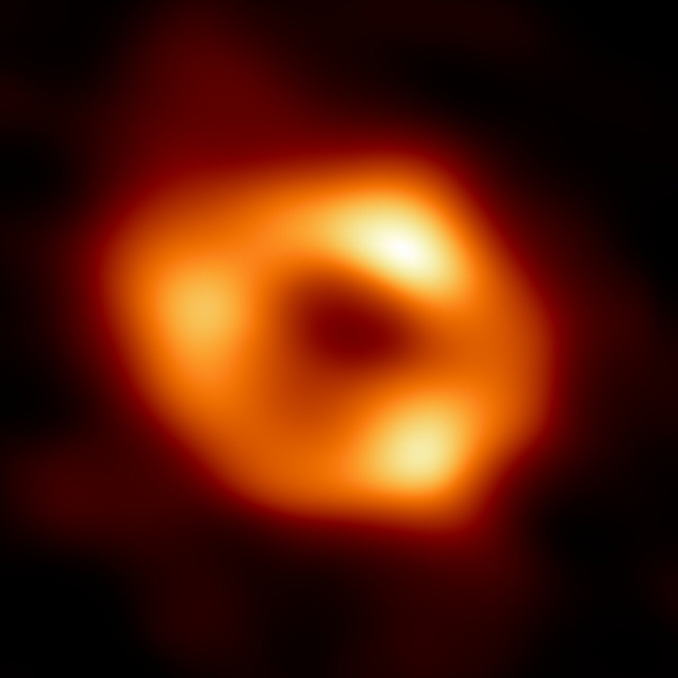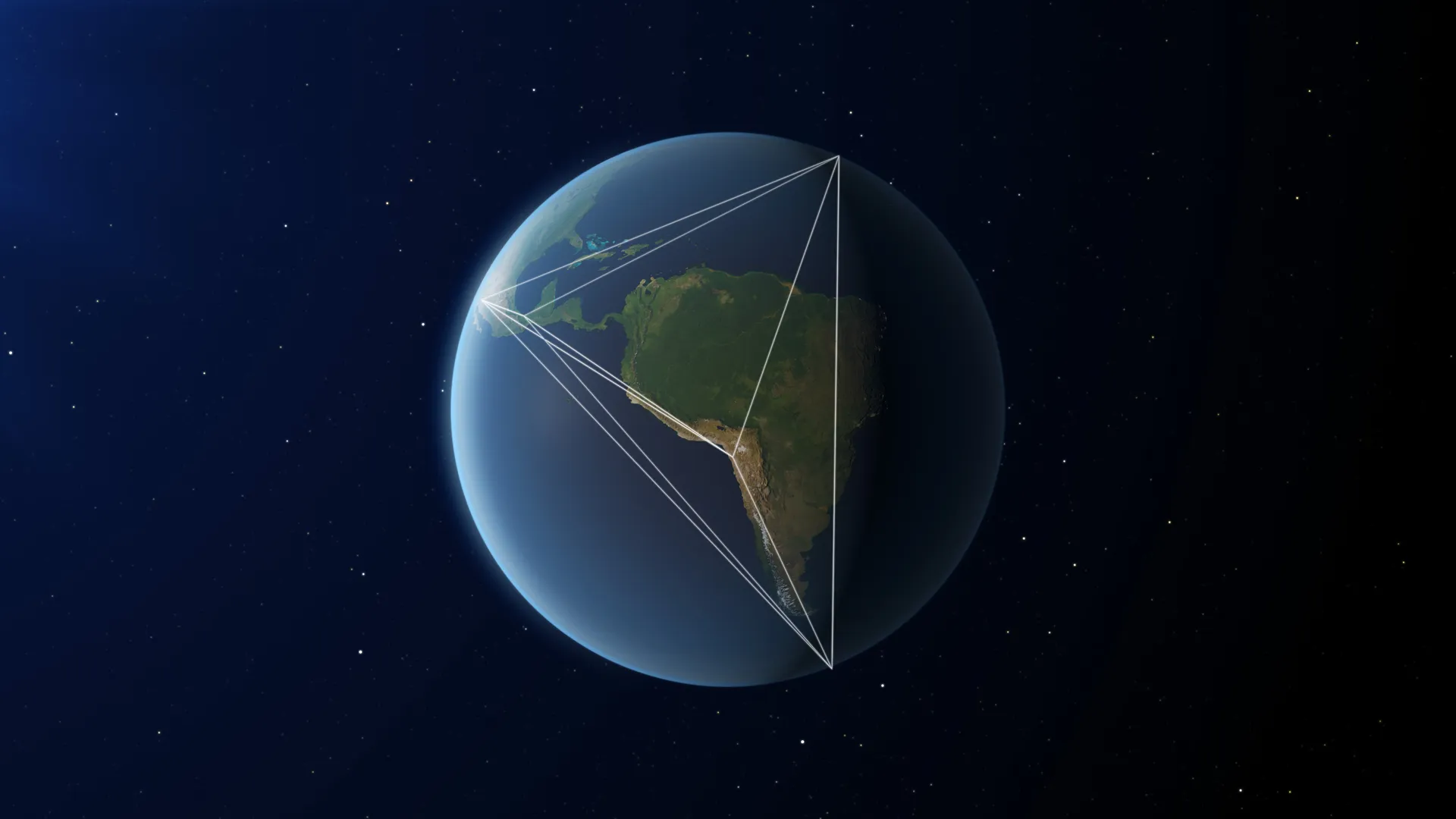THE SOUTHWORTH PLANETARIUM
70 Falmouth Street Portland, Maine 04103
(207) 780-4249 usm.maine.edu/planet
43.6667° N 70.2667° W
Altitude: 10 feet below sea level
Founded January 1970
2021-2022: CXXV
"Anyone who uses the phrase “easy as taking candy from a baby” has never tried taking candy from a baby. " -Anonymous
THE DAILY ASTRONOMER
Tuesday, May 17, 2022
Hole in the Center

Finally, incontrovertible proof of its existence. The "it," in this instance refers to the Supermassive Black Hole occupying the Milky Way's nucleus. Such proof seems somewhat superfluous, for most astronomers have been confident that it was there since around 1974, the time when strong radio signals emanating from the galactic center were first detected. At the time, many researchers correctly assumed that these signals could only emanate from a highly massive black hole lurking deep in the galaxy's center. And, weighing in at a hefty 4.3 million solar masses,* while only spanning a distance of merely 44 million kilometers -approximately the average separation distance between the Sun and Mercury- the supermassive Black Hole Sagittarius A* has been imaged for the very first time. The resultant snap is seen above!
In this image, we are "seeing" the superheated maelstrom of gases surrounding the "black hole," a space-time region so gravitationally powerful that even light is unable to escape from it. The gaseous disk was imaged by capturing radio waves, which are detectable here on Earth. Unfortunately, the object is small and quite remote, about 23,000 light years from us.** Consequently, capturing its radio signals requires a radio telescope the size of our planet. Naturally, constructing such a large telescope isn't feasible or, for that matter, politically tenable. Fortunately, radio astronomers can use a series of radio telescopes placed around the world to produce an image equal in resolution to an Earth-sized telescope.
These radio telescopes, 11 in all, comprise a system called the Event Horizon Telescope. This telescope system utilizes a technique known as Long Baseline Interferometry, which synchronizes two radio telescopes in such a way so that they can capture an image equal in clarity to that produced by a single telescope with a diameter equal to the telescopes' separation distance.

An artistic depiction of part of the EHT
Over many hours, the telescopes focused on Sagittarius A* and with the aid of powerful computer algorithms, developed the first photo of it. Note that the brighter regions within that image denote those areas in which more data was gathered and are not indicative of actual "hot spots."
The EHT first gained attention by producing the first supermassive black hole image in 2019. That SBH is located in the center of the galaxy M87, located 55 million light years away. Despite its far greater distance, imaging that black hole presented less of a challenge to EHT astronomers than capturing Sagittarius A*. Imaging our own SBH proved difficult because of the vast quantities of intervening gas and dust and our own angle on the nucleus. (M87's black hole was face-on to us, making it easier to snap.) Despite these obstacles, we can now see that monstrous black hole tucked away deep in the Milky Way's heart. Yes, it truly is frightening, but its presence isn't that startling.
Tomorrow: Hey, just wait a nanosecond! How can we possibly know the mass of Sagittarius A*?
*4.3 million solar masses = 4.3 million times more massive than the Sun
**The radiation captured in this image left Sagittarius A* 23,000 years ago. To put that time frame into perspective, we're seeing Sagittarius A* around the time that the cave bear (Ursus spelaeus) went extinct and the first humans had migrated into the regions now known as Alaska and the Yukon.
To subscribe or unsubscribe from the Daily Astronomer: